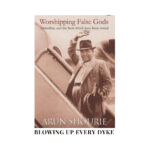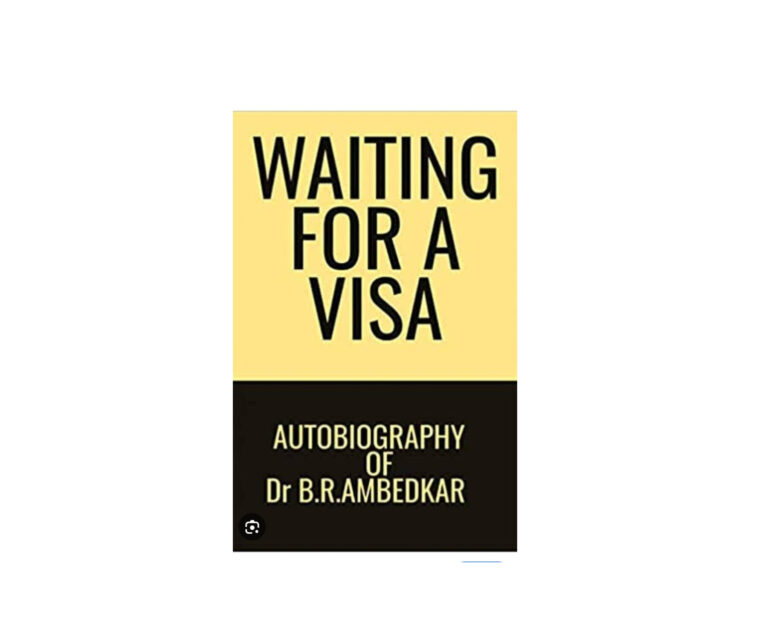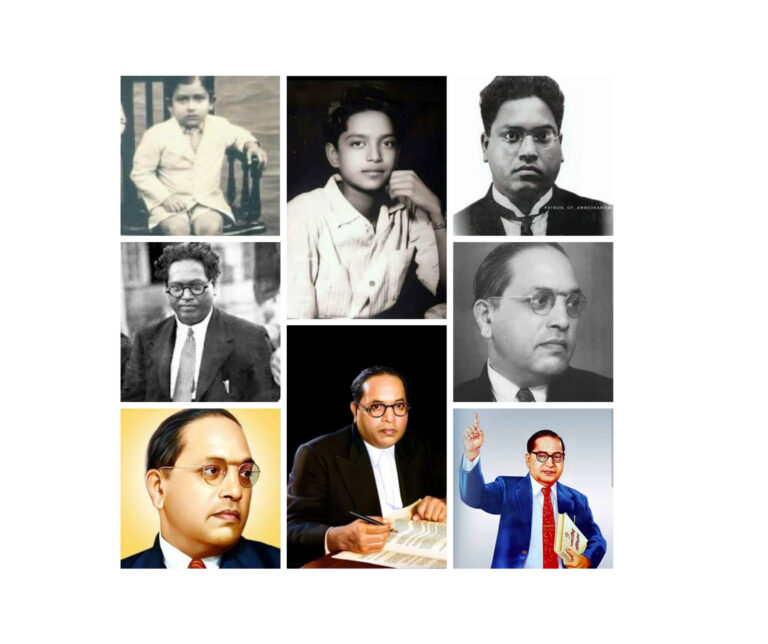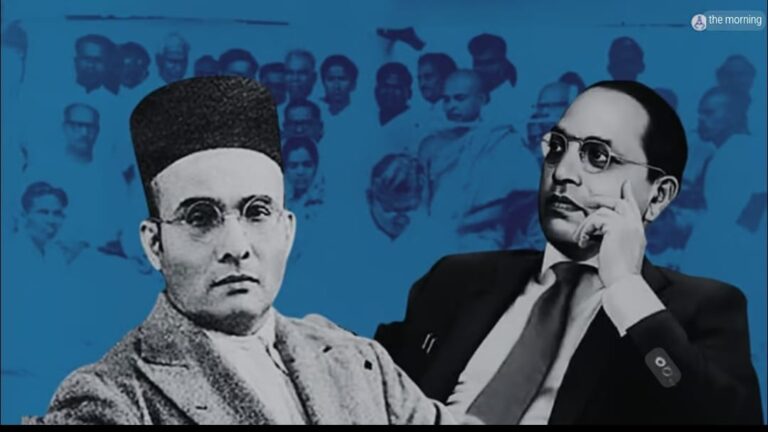Ambedkar and Buddha Two Giants, One Mission
Imagine a man sitting under a tree, seeking peace over 2,500 years ago. Now picture another man, 2,000 years later, reading about him late into the night, finding answers to free millions. The first is Gautama Buddha, born in India. The second is Dr. B.R. Ambedkar, India’s champion of equality. These two names—Ambedkar and Buddha—seem far apart in time, but they’re tied by a powerful thread: a dream of a world without suffering.
Ambedkar wasn’t just a lawyer or the father of India’s Constitution. He was a seeker, and he found his path in Buddha’s teachings. In 1956, he took 500,000 followers with him to embrace Buddhism, saying it was the way to end caste and injustice. Why Buddha? What did Ambedkar see in him? Let’s dive into this incredible story—how BR Ambedkar and Buddha became partners in a fight for a better India.
Who Was Buddha? A Quick Look
First, let’s meet Buddha. Born as Siddhartha Gautama around 563 BCE in Lumbini (now in Nepal, near India’s border), he was a prince who had everything—palaces, riches, a family. But he saw pain—sick people, old age, death—and left it all to find answers. Under a Bodhi tree in Bodh Gaya, Bihar, he became the Buddha, the “Awakened One.” His big idea? Life has suffering, but we can end it with kindness, wisdom, and equality.
Buddha’s teachings spread across India, then faded as caste and old ways crept back. By Ambedkar’s time, Buddhism was nearly gone. But Ambedkar brought it back. How? Let’s see.
Ambedkar’s Search: Why Buddha?
Dr. Ambedkar—Babasaheb to us—was born in 1891 into a Dalit family in Mhow, Madhya Pradesh. Life was tough. He couldn’t sit in class with others or drink from the same well because of caste rules. He fought back with books, becoming a scholar in America and England. But even with all that learning, he felt something missing.
Ambedkar studied every religion—Hinduism, Christianity, Islam. He read the Vedas, the Bible, and the Quran. None fit. Hinduism, he said, kept caste alive—texts like the Manusmriti called Dalits less than human. He wanted a faith that saw everyone as equal. Then he found Buddha.
In his own words, Ambedkar said, “I owe my intellectual life to Buddha.” Why? Buddha rejected caste. He taught that worth comes from actions, not birth. For Ambedkar, who faced hate for being a Dalit, this was gold. Buddha’s ideas matched his dream: a society free of chains.
The Big Moment: Ambedkar Embraces Buddhism
By the 1930s, Ambedkar knew he’d leave Hinduism. In 1935, at Yeola, he told thousands, “I was born a Hindu, but I will not die one.” He spent 20 years searching for the right path. He read Buddhist texts, visited monks, and studied where Buddha was born in India. Finally, on October 14, 1956, in Nagpur, Maharashtra, he made history.
That day, Ambedkar took 22 vows with over 500,000 followers—mostly Dalits—and became a Buddhist. He swore off caste, idol worship, and blind faith, promising to follow Buddha’s way. Pictures from that day—Ambedkar and Buddha images side by side—show a sea of blue flags and smiling faces. It wasn’t just a change of religion; it was a revolution. Today, we call it the Dalit Buddhist Movement.
“Buddha and His Dhamma”: Ambedkar’s Gift

Ambedkar didn’t just follow Buddha—he explained him to us. His book, Buddha and His Dhamma, finished in 1956, is his masterpiece. He wrote it after years of reading Buddhist scriptures, but he made it his own. Sick and weak in his last days, he poured his heart into it, finishing just before he passed away on December 6, 1956.
What’s in it? It’s Buddha’s story, but simpler. Ambedkar cut out myths—like magical births—and focused on real lessons: equality, reason, kindness. He said Buddha wasn’t a god, but a man who showed us how to live. For Ambedkar, this was key—Buddhism wasn’t about rituals; it was about action. The book became a guide for millions, and you can still find it in homes across India
How Buddha Shaped Ambedkar’s Work
Ambedkar didn’t just love Buddha’s ideas—he used them. Look at these examples:
- The Constitution: As its chief writer (1947–1950), Ambedkar baked Buddhist equality into India’s laws. Article 14 says we’re all equal—no caste, no class. That’s Buddha’s voice in ink.
- Fighting Caste: In Annihilation of Caste (1936), he echoed Buddha’s rejection of birth-based rank. He argued caste was man-made, not divine—just like Buddha did.
- Women’s Rights: Buddha let women join his order; Ambedkar pushed for their freedom too. The Hindu Code Bill he championed gave women divorce and property rights.
Ambedkar once said, “Buddhism is a democratic religion.” He lived that, making India fairer with every step.
Why It Matters in 2025
Fast forward to today. India’s got shiny cities, but old problems linger. Caste violence—like attacks on Dalits still happens. Education lags; 20% of rural kids drop out (2024 data). Ambedkar and Buddha together offer answers. Buddhism’s call for equality fights caste. Its focus on learning pushes schools.
And it’s not just India. Ambedkar’s Buddhism inspires people worldwide—peace groups in Japan and rights fighters in America. His book Buddha and His Dhamma sells globally, showing the bond still glows.
Seeing It Today: Ambedkar and Buddha Images
Walk into a Dalit home in Pune or a rally in Delhi, and you’ll see it—Ambedkar and Buddha photos side by side. Ambedkar in his suit, glasses on, next to Buddha in robes, calm and wise. At Chaitya Bhoomi in Mumbai, where Ambedkar was cremated, lakhs gather yearly with these images, chanting Jay Bhim. It’s not just art—it’s a promise kept.
Conclusion: A Legacy of Light
Ambedkar and Buddha weren’t just student and teacher across time—they were partners. Buddha gave us the path; Ambedkar walked it, then paved it for us. From Lumbini, where Buddha was born in India’s shadow, to Nagpur, where Ambedkar reborn Buddhism, their bond rewrote history. In 2025, as we face new battles, educate ourselves with Buddha’s wisdom. Agitate with Ambedkar’s fire. Organize for their shared dream. Together, they whisper: Jay Bhim. Will you listen?












